Course Essential Questions:
- How does geography affect where people move and how they live?
- What did freedom look like throughout the early part of America?
- How does conflict affect communities?
|
Quarter 1 |
Quarters 1 & 2 |
Quarters 2 & 3 |
Quarters 3 & 4 |
Quarter 4 |
|
|
Unit Title and Time |
The Land and Its First People: North American Geography and Indigenous Peoples Unit 1 (5 weeks) |
A Quest for Resources and a Clash of Cultures: Colonization of America Units 2 & 3 (6 weeks) |
You Say You Want a Revolution: War and Building a New Nation Units 4 & 5 (9 weeks) |
Growing Pains: A Changing Nation Units 6, 7, & 8 (8 weeks) |
Conflict Within: Civil War Units 9 & 10 (8 weeks) |
|
Image Cue |
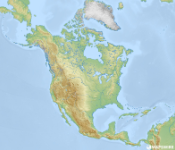
|
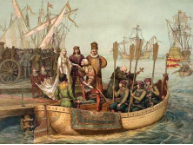
|
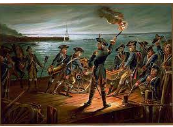
|
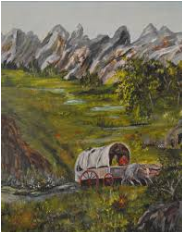
|
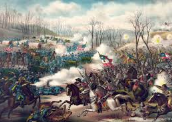
|
|
Focus of the Story |
We begin our year by identifying geographic features and locations of North America to better understand where we live. We then start our historical journey by examining the rich culture of the Indigenous people. |
Next, we turn our attention to the dreams of the European explorers as they pursued freedom and wealth in the “new” land. Cooperation and conflict with the Indigenous people shaped how cultures developed, changed, and were sometimes lost. |
We look more directly about how the pursuit of freedom became part of the colonial culture to fight for independence. We examine how the early American government struggled to balance freedom and unity. |
Then we analyze how vast changes in the United States impacted the political, economic and social/cultural landscapes of the United States prior to the Civil War. |
Finally we explore the cultures of the North and South and consider the consequences of a divided nation and how we might take the lessons from that conflict to inform our interactions today. |
|
Transfer Goals It is important to note that each transfer goal is likely to be present in each unit. The emphasis, however, will be placed on the ones explicitly identified. |
THINK: Comprehend how (evidence-based) sources and perspectives can clarify and contradict key information to better understand core issues (across contexts) in the past and present. (Knowledgeable, Thinkers and Inquirers, Cross-Culturally Competent) ACT: Communicate effectively based on purpose, task, and audience using valid and reliable information with accurate and relevant details* (Problem Solvers and Value Creators, Knowledgeable) |
QUESTION: Ask and pursue a line of questioning based on curiosity, prior knowledge, personal experience, and ongoing research to establish patterns, draw well-reasoned conclusions, or take actions. (Knowledgeable, Thinkers and Inquirers, Problem Solvers and Value Creators) ACT: Communicate effectively based on purpose, task, and audience using valid and reliable information with accurate and relevant details* (Problem Solvers and Value Creators, Knowledgeable) |
ENGAGE: Engage in respectful discourse to exchange and process diverse information, ideas, and points of view in order to inform one’s own perspective and explanation (Communicators and Collaborators; Personally and Socially Responsible) ACT: Communicate effectively based on purpose, task, and audience using valid and reliable information with accurate and relevant details* (Problem Solvers and Value Creators, Knowledgeable) |
ENGAGE: Engage in respectful discourse to exchange and process diverse information, ideas, and points of view in order to inform one’s own perspective and explanation (Communicators and Collaborators; Personally and Socially Responsible) ACT: Communicate effectively based on purpose, task, and audience using valid and reliable information with accurate and relevant details* (Problem Solvers and Value Creators, Knowledgeable) |
CONNECT: Demonstrate civic and social practices through interactions with others and self-reflection in service of an interdependent global community. (Personally and Socially Responsible, Resilient Learners) ACT: Communicate effectively based on purpose, task, and audience using valid and reliable information with accurate and relevant details* (Problem Solvers and Value Creators, Knowledgeable) |
|
Learning Targets |
|
|
|
|
|
